UAS-Test
The UAS is a short questionnaire to assess the disease activity. The UAS questions daily (over 7 days) the severity of symptoms: 1) Number of wheals 2) degree of itch. The result of the UAS can be interpreted as follows:
0-6 mild urticaria7-13 moderate urticaria
14 Punkte und mehr severe urticaria
If you keep a diary or if you remember the complaints over the last days, you are invited to fill out the questionnaire immediately and to upload the result. Otherwise you can print out this page, fill the questionnaire the next days and then transfer the data into this online-tool.
If you don´t want to take the UAS, you cann also proceed with the next step
Weller K, Groffik A, Church MK, Hawro T, Krause K, Metz M, Martus P, Casale TB, Staubach P, Maurer M. Development and validation of the Urticaria Control Test: a patient-reported outcome instrument for assessing urticaria control. J Allergy Clin Immunol. 2014 May;133(5):1365-72, 1372.e1-6.
Your UAS was calculated to be 0.
Your UAS was calculated to be 0.
Your UAS was calculated to be 0.
Never give up!

* Mandatory fields
Give urticaria a face and upload a photo of you. No matter if with or without hives, join the community and show that you support urticaria day. Your picture and message will be shown right here on the website. Please do only upload photos of yourself, not of other people!
More information about UAS: For doctors, it is important to have the means to measure the severity of a spontaneous urticaria. Only then is it possible to determine if the disease activity (symptoms) decreases or not with treatment. Decent treatment of diabetes, for example, would not be possible without measurement of the patient’s blood sugar. There is, unfortunately, no blood value that can give this information about the current status of a patient’s urticaria. The information about disease activity can only be collected by the patients themselves. In order to collect and evaluate this information in a structured way, different questionnaires have been developed for patients and the use of these questionnaires is highly recommended in the Guideline. At the time the Guideline was developed, the only measurement for the activity of spontaneous urticaria was the UAS7 (urticaria activity score). The number seven pertains to the seven consecutive days that the questionnaire is filled out. The UAS7 questions daily the severity of symptoms: 1) Number of wheals 2) Degree of itch (see table 2). The answer options are given a score value between 0 and 3, where 0 means that no wheals and no itch, respectively, were present. If the score of 3 is given, it means that the severity of symptoms is at an absolute maximum. The single value of “wheal” and “itch” are summarized.
Score | Wheals | Itch |
0 | None | None |
1 | Less than 20 wheals | Little |
2 | Between 20 and 50 wheals | Middle |
3 | Over 50 wheals | Strong |
The UAS value of a day can therefore lie between 0 (no symptoms) and 6 (over 50 wheals and strong itch). Due to the fact that the symptoms of urticaria are not constant but rather highly variable over time, information is entered into the UAS throughout the course of a week in order to record the varying degrees of the symptoms. The daily values are summarized so that the UAS7 score lies between 0 and 42.
For patients who also, or only, suffer from angioedema, the AAS (Angioedema Activity Score) is used, as this instrument is specifically designed to document angioedema and the correlating symptoms. The AAS is filled out every day over the course of four weeks. To measure the degree of inducible urticaria symptoms, it is best to measure a patient’s threshold for the trigger. In the case of a patient suffering from cold urticaria, for example, the highest temperature would be measured at which the symptoms are just barely brought about.










